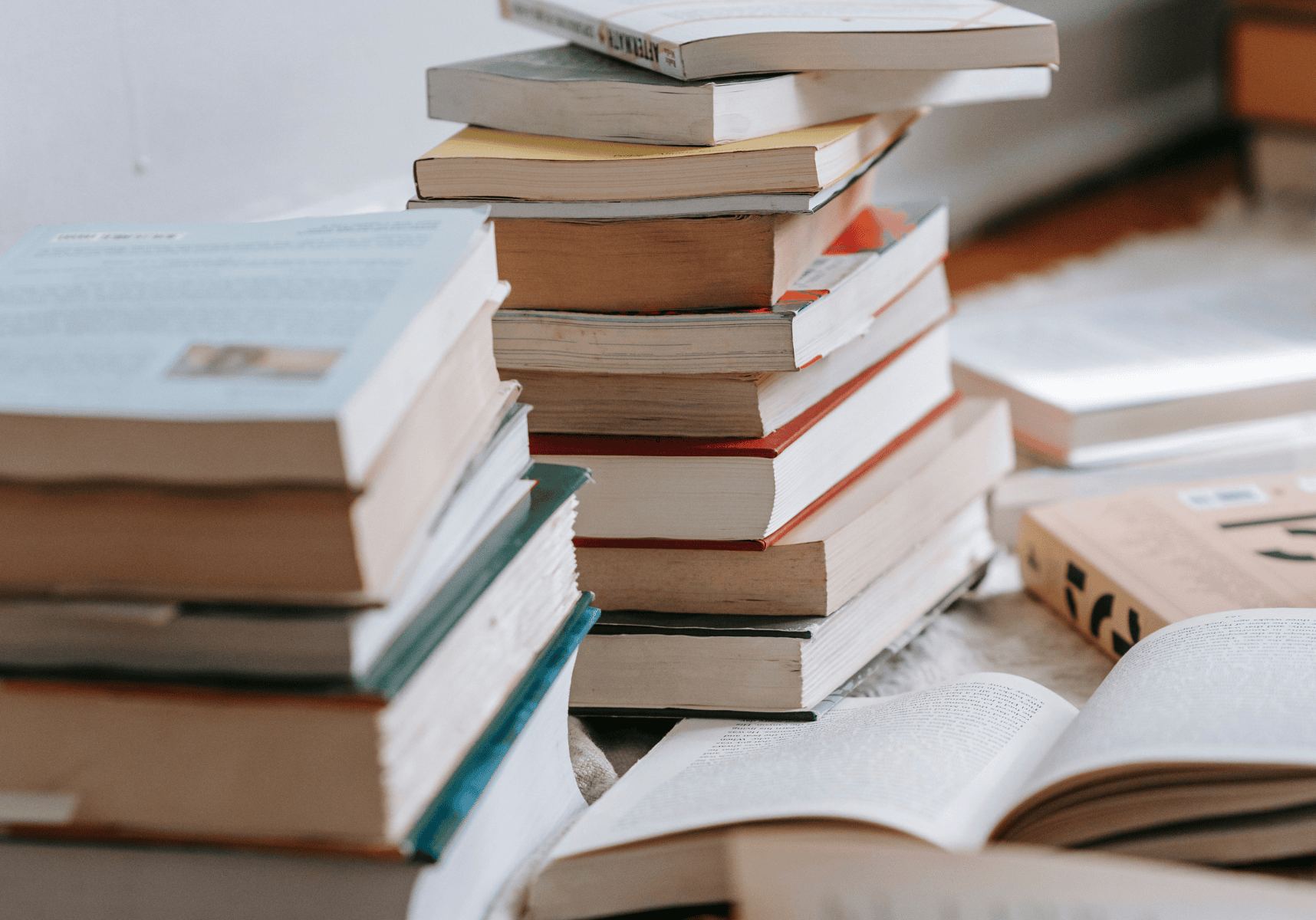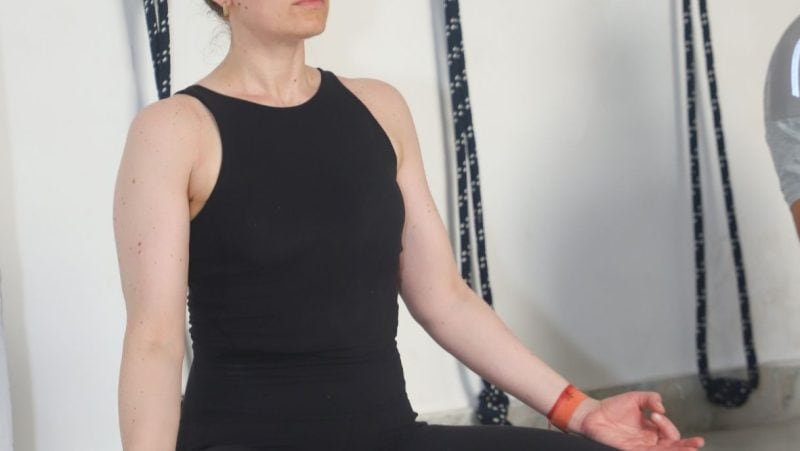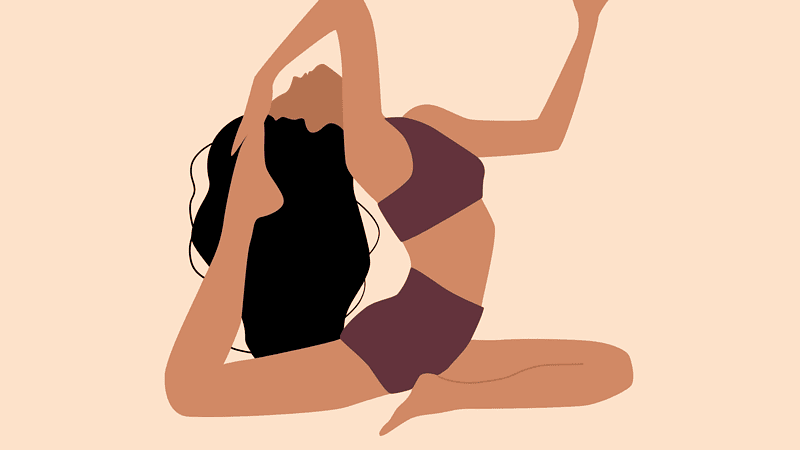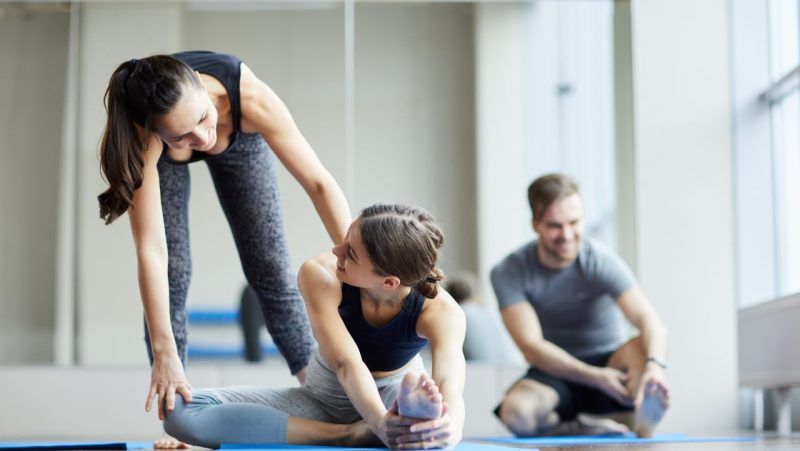
Yoga and Literature
Integrating Literature and Yoga for Enriched Practice and Study - By Hannah Comer
Reading time: 4 minutes
As a literary scholar and researcher, I am passionate about combining literature and the arts into my yoga teaching. When I completed yoga teacher training, I began to reflect on how I could incorporate literature into my classes. Whilst it is becoming increasingly more common for poetry to be incorporated into yoga classes, usually at the beginning or the end to set up a meditative or unwinding space, it is a great way to set the tone, or bring a certain intention or theme into the class.
In this way, bringing literature in to classes has made me think about poems and writings in a different way to how I have studied them as an academic, and, likewise, yoga has also fed into my own research, bringing two passions and areas of research interests together. Here are three personal ways that I found that my yoga practice has complimented my literary studies:
-
Deepened my experience of studying literature
Rather than thinking about literature for the reader, bringing poetry or writings into a yoga class turned my attention to thinking about the experience of literature as an audience; an auditory experience in a different environment. Planning and delivering yoga classes led me to consider the sounds, rhythm and meaning that literature can intentionally create in a space designed to invite relaxation and reflection.
As the poems or writings are read aloud, it allows you to think about the intonation and pitch of your voice, how your own vocal tones contribute to the atmosphere of the class. For example, as one of my areas of expertise is W. B. Yeats, I have studied the poem ‘The Lake-Isle of Innisfree’, as an expression of a solitary and individualised paradise which reacts against nineteenth-century industrialisation within my research. Yet, when incorporated into a yoga class, it creates a new meaning, evoking calmness and a vision of serenity, creating our own place of inner peace.
Studying yoga philosophy has also informed my own research and opened up new possibilities beyond the focus of my PhD thesis; my research interests are in late nineteenth and early twentieth century literature and art, and I previously published ‘W. B. Yeats and Yoga’ for OM Yoga & Lifestyle Magazine. I am currently exploring other writers and artists who I specialise in, as well as finding other writers of the same era, who were also were influenced by, and wrote about, yoga and yoga philosophy or spirituality.
-
Expanded my reading and writing
The process of choosing a poem or piece of writing to be read aloud expands my own reading. Finding new writers, writers whose work I am familiar with outside of my research and those whose work I enjoy reading myself, adds a particularly poignancy or contributes to the atmosphere of the class.
In the past, I have read poems by poets such as Percy Bysshe Shelley and Christina Rossetti, amongst others, in class. The collection only continues to grow as you come across more and more written works which connect to your yoga practice and personal experiences of yoga.
There have been many studies about the positive impact that yoga has for creativity. I have found that my practice has helped facilitate creative and freeing states when writing articles, reviews, academic writings, and creatively.
Creativity and inspiration arise, for me, more easily after yoga, meditation and pranayama practices, by shifting energy and clearing the mind, creating stillness and presence from which creativity and inspiration can flow. This has supported the writing of my own poetry. My yoga practice has also informed the subject and inspirations of the poems themselves. Poetry and yoga bring the outer and inner worlds together.
-
Getting creative with classes
As mentioned above, literature can be used to help set the tone, or bring a certain intention or theme into the class. For example, at a series of classes called ‘Yoga for Relaxation’, I centred the sessions around the theme of listening, using Seamus Heaney’s poem ‘The Rainstick’, to highlight this theme - listening to ourselves, our bodies and discovering the sounds around us and perhaps within us, our own inner knowing. Pairing these together encouraged the deeper listening that both yoga and poetry create.
Poetry can also be incorporated throughout the class, like affirmations, to continue to bring the practitioner back to the poem within quiet moments, which in itself creates a meditative space to reflect upon the words. Poetry could also be paired with music, playing tracks by musicians or artists who have set poetry to music or been inspired by a particular poem in their lyrics.
This is by no means an exhaustive list of ways of incorporating literature and poetry into yoga classes, but what it opens up, for both the teacher and practitioner, is an additional layer of creativity and meaning into yoga classes. Personally, for me, both yoga and literature have complimented each other, opening up my inspiration for teaching, researching, creating and reading.





